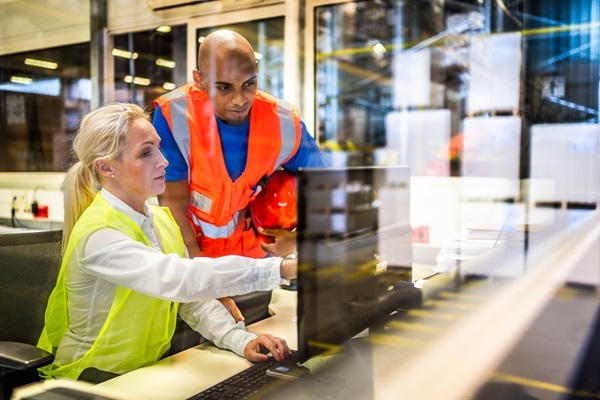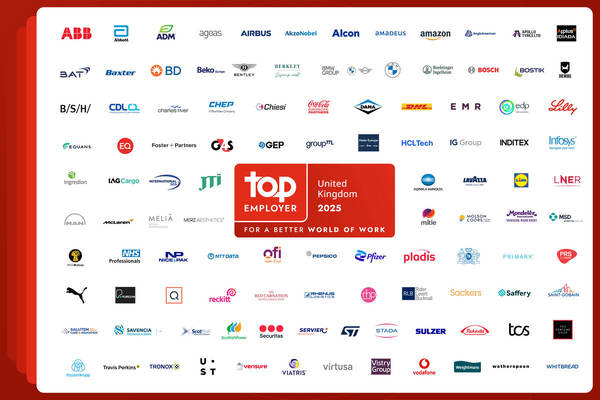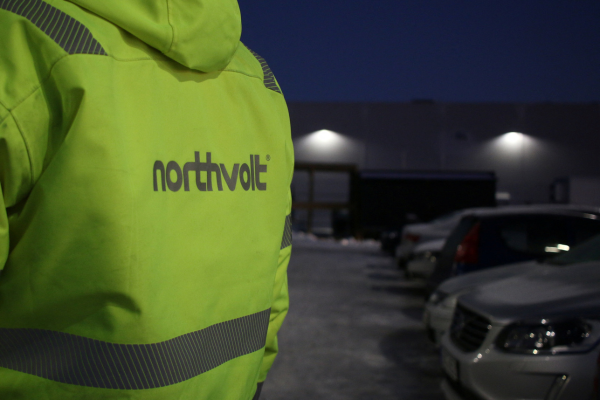Planning for a hybrid future
Sponsored by Jabra
The new workforce trends transforming the way we work
Work is no longer simply a place you go; it’s something you do. The shift to hybrid work is likely to be the biggest permanent shift in work culture for an entire generation. With any change of this magnitude, there will be both challenges and opportunities. Hybrid itself is not a magic solution; there are complex factors to consider, and businesses face the challenge of planning and implementing strategies for a work-from-anywhere future.
Hybrid working is here to stay
While 2020 taught us many lessons, the pandemic-induced shift to remote working showed that with the right tools, we could be productive and enjoy the benefits. Flexibility and autonomy over the working day are now more important than financial reward for most workers, with research from Jabra revealing that 59 per cent of people now consider flexible working as the top benefit, ahead of salary. In the UK, 78 per cent also believe that a hybrid work model is more inclusive and will make employees feel more valued than a traditional 9-to-5 office structure.
The move towards hybrid working is driving demand for more collaboration solutions such as video conferencing, flexible hot-desking arrangements or dedicated collaboration spaces with whiteboards. Companies are now assessing how office space is utilised and whether current set-ups are still delivering real value.
To plan for a future of hybrid working, companies should aim to create the optimum environment for team collaboration. This means bridging the gap between staff in the office and those working from home, enabling everyone to be the most productive and get their best work done, wherever they are.
The role of the office is evolving and is no longer a place where employees need to be to do their jobs. However, the office still has a vital role for many: a place where engagement, socialising, meetings and onboarding new employees are more effective in person. The office is also seen as a social amenity that provides an environment where employees come together and collaborate, with independent working happening off-site.
Despite the growing preference for flexible working arrangements, only 25 per cent of UK employees think their organisation is prepared for hybrid working, according to Jabra’s research. A huge amount of work is still needed to reassure and listen to staff and to create agile teams that can work efficiently from anywhere.
More collaboration and the rise of video
As we continue to work in dispersed teams more than ever before, there is growing reliance on technology that offers greater flexibility. This could be something seemingly standard but essential such as headphones that are comfortable enough to wear for a long time, which can be used throughout the day in different situations: whether talking in the street, sitting in the office or listening to music at home.
Professional headsets such as the Jabra Evolve2 75 provide this flexibility and are engineered to enhance productivity and concentration. Active noise cancellation suppresses surrounding noise and eliminates distractions from busy environments on calls – ideal for hybrid working.
With the increasing need to collaborate with customers and colleagues remotely, video solutions are transforming the way we work. Meetings can now feel more natural and life-like, as if you’re in the same room. Video conferencing can enhance customer service and improve internal team collaboration by being more inclusive. This helps staff to feel motivated and engaged, and features such as video conferencing with a 180-degree field of view ensure that everyone is in the picture and can actively participate.

By Nigel Dunn, Managing Director, EMEA North, Jabra

Business Reporter Team
Related Articles
Most Viewed
Winston House, 3rd Floor, Units 306-309, 2-4 Dollis Park, London, N3 1HF
23-29 Hendon Lane, London, N3 1RT
020 8349 4363
© 2025, Lyonsdown Limited. Business Reporter® is a registered trademark of Lyonsdown Ltd. VAT registration number: 830519543





